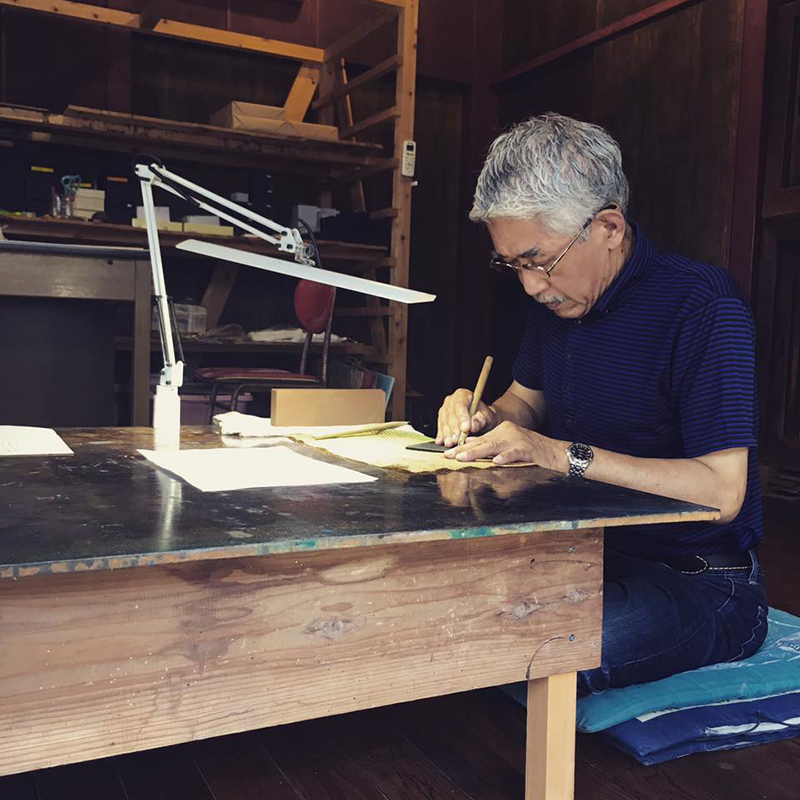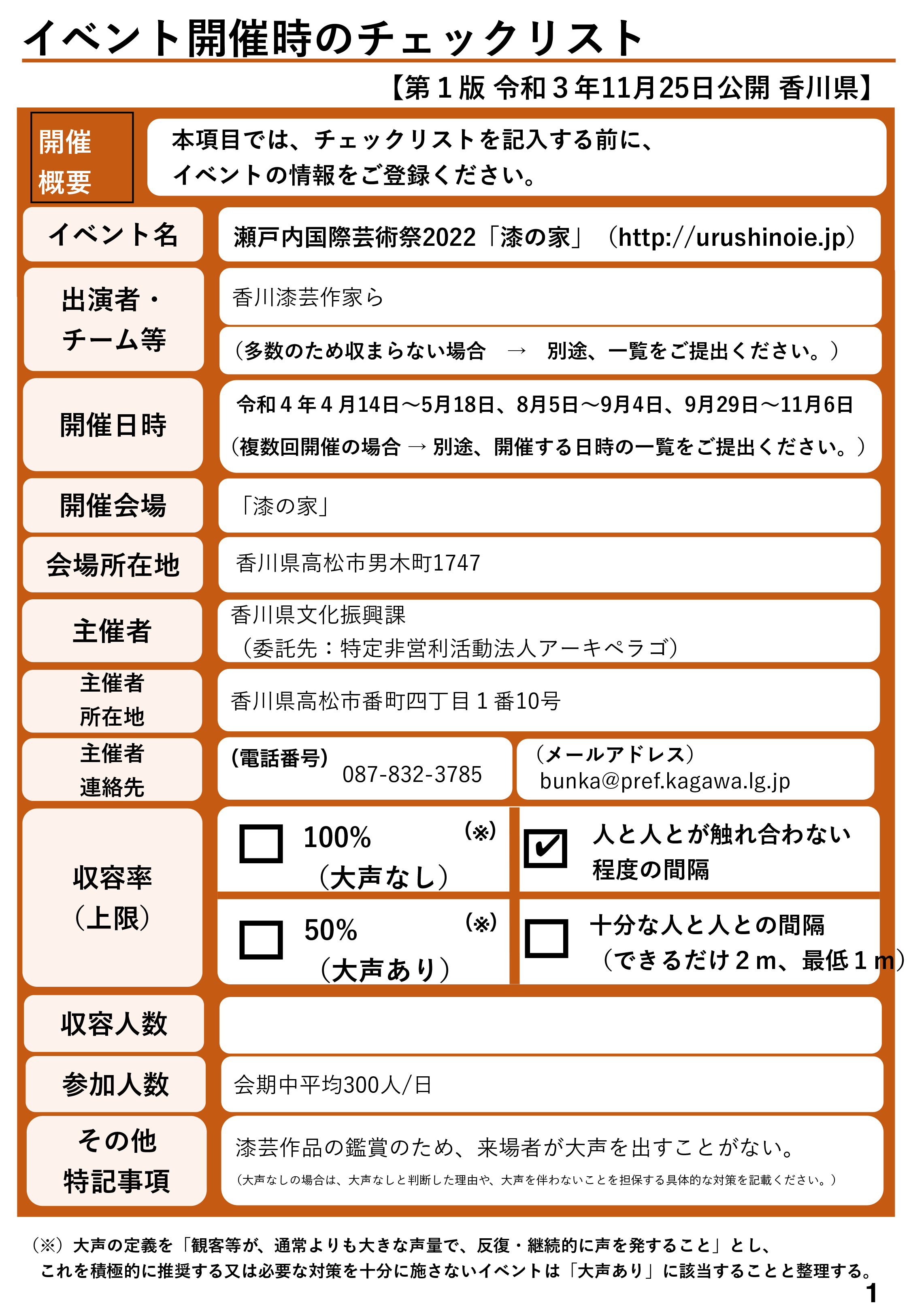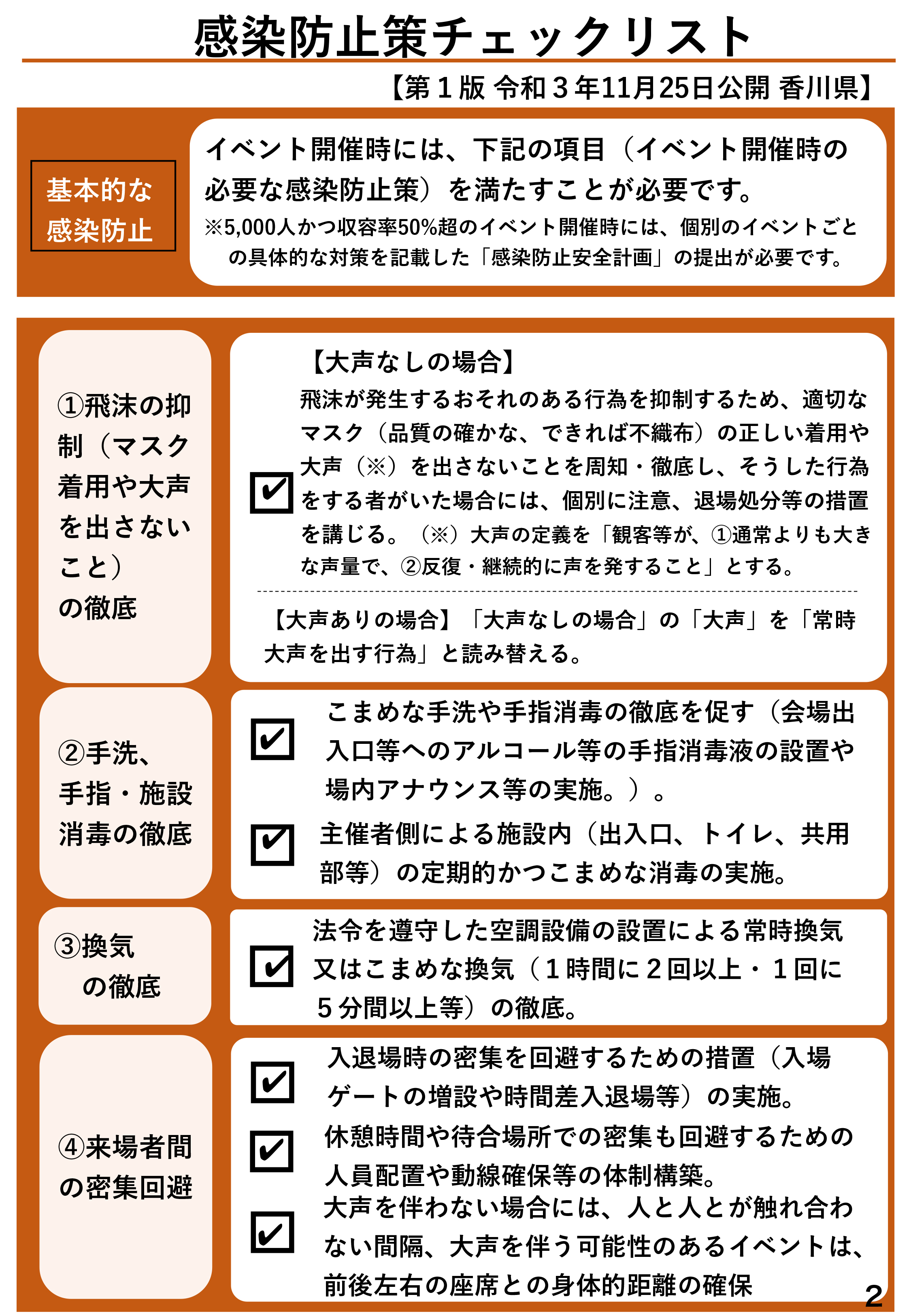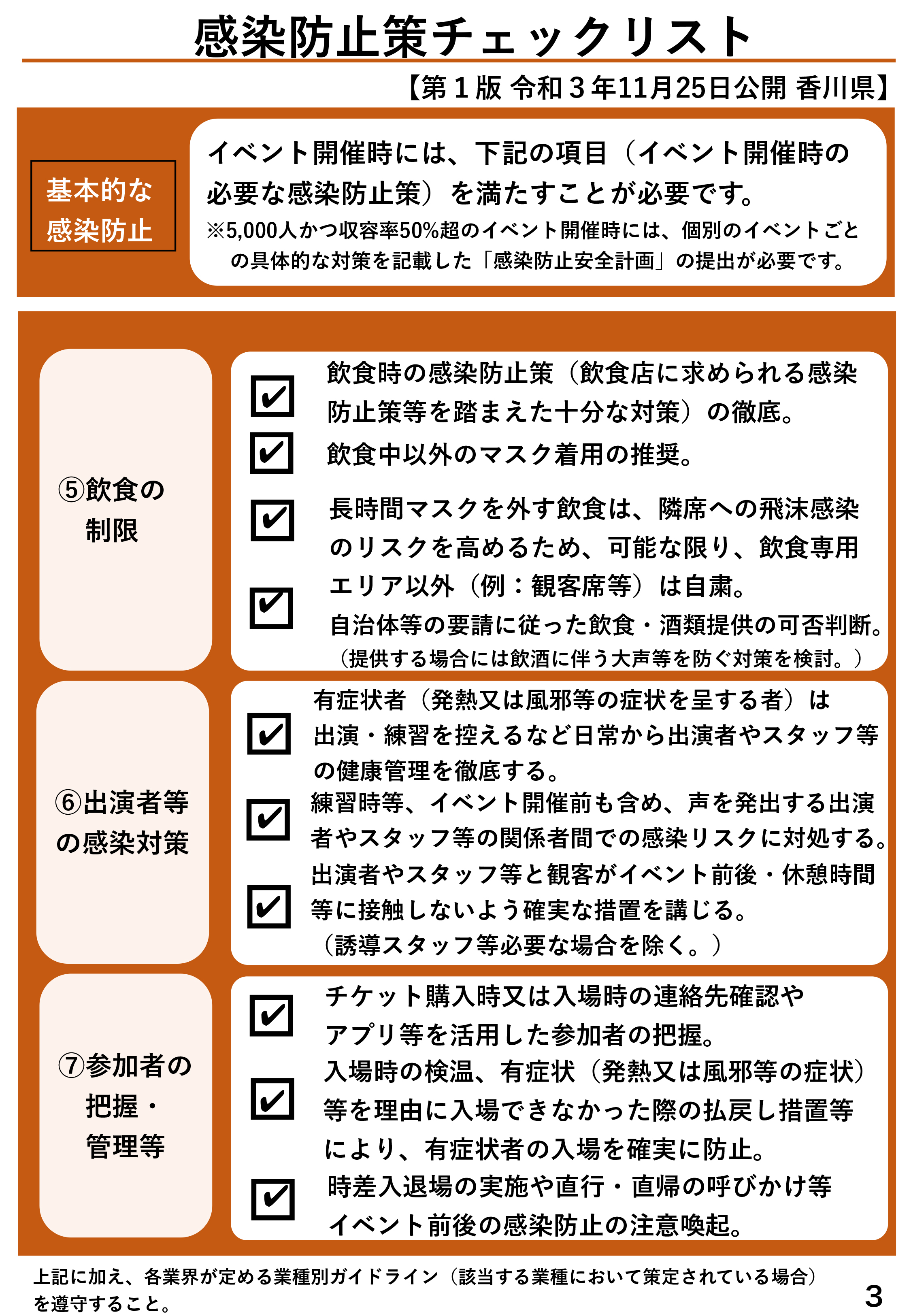
jp/en
Traditional urushi (lacquer) art can be found all over Japan, and Kagawa
is no exception. The urushi of Sanuki (the old name for Kagawa), cultivated and harvested amid lush landscapes overlooking the Seto Inland Sea, makes for markedly brighter and more colorful lacquerwork than that of other regions. The Maison de Urushi, or 'house of lacquer', was conceived to help more people get to know Sanuki lacquer, including children and students from around the world. The wooden family home of lacquer artist Hayato Otani, born and raised on the island of Ogijima, has been renovated by Otani in conjunction with fellow lacquer artist Shozo Kitaoka and a group of young lacquer artists into a place where visitors can experience for themselves the look and sensual feel of lacquer.
The idea is to provide a space for craftspeople and artists working in a variety of genres, primarily Kagawa lacquer artists, to meet, socialize and explore new connections between lacquer and contemporary living.
Why a house of lacquer?
These days lacquer may be less frequently used on a day-to-day basis, but
as a material, a technique and a philosophy for making things it has never
been more worthy of serious consideration, not only from the standpoint of
tradition, but also for its eco-friendliness and durability. That's what
the Project member thought, and the Maison de Urushi indeed offers much
food for thought on a new age of 'living with lacquer'.
The aim is to make this a place where the craftspeople that sustain Sanuki
lacquerwork, along with artists, artisans in other fields, designers and
architects can explore the possibilities of Sanuki lacquer. A place to
experiment with ideas using lacquer, present those ideas, and think about
ways to connect lacquer to everyday living...in short, a place of the
future, where Sanuki lacquerwork meets a multiplicity of other realms.
The 'house of lacquer' will really be a house; a homely spot where people
can enjoy a chat, take their time. Hopefully it will be used as a
teahouse, as accommodation, as a place to discuss lacquer, a place where
people from all walks of life can come together and share their ideas on
craft, design, and living.
About Sanuki lacquer
Sanuki lacquerwork has its origins in the Edo period and the efforts of
one Tamakaji Zokoku, who embarked on an in-depth study of Chinese and
other Asian lacquer techniques and came up with a number of original
techniques that went on to form the foundation of Sanuki lacquerwork.
Thanks then to the generous patronage of generations of the Matsudaira
rulers of Takamatsu, the region produced a stream of superlative lacquer
artists and lacquer merchants. Sanuki lacquer has developed even further
in the modern era, and five decorative techniques: kinma, zonsei,
choshitsu, goto-nuri and zokoku-nuri, are now officially designated
examples of traditional Japanese craftwork. Sanuki lacquer is versatile,
with craftsmen creating products for a staggering variety of everyday
uses, from accessories to furniture and household goods.
Lacquer is integral to life in Kagawa: the prefecture even has its own
institute for the study of lacquer, established in 1954 to train the young craftsmen and women key to the future of Sanuki lacquerwork. Lacquer art
is also taught at Kagawa Prefectural Takamatsu-Kougei High School.
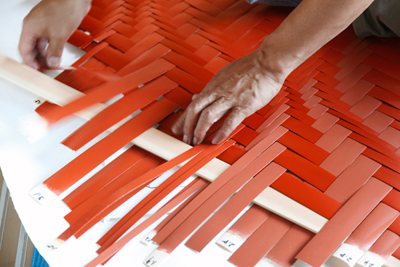
The first room in the right wing of the house is the white room, featuring
walls and floor coated in white lacquer. Feel how cool it is to the touch.
There's not much to the room, but have a seat. Stretch out if you like.
Take in the view of the Seto Inland Sea. Open the sliding door. Behind it
you'll find a piece of lacquer art that segues from white to red like a
sunset; wickerwork painstakingly fashioned from lacquer-coated wooden tape
by Hayato Otani. → Plan
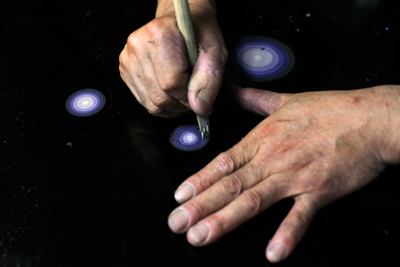
The second room in the right wing is the black room. Here the visitor is
greeted with a technicolor display of stars carved using choshitsu, a
characteristic technique of Sanuki lacquerwork. Choshitsu involves first
applying multiple coats of colored urushi, then carving through the
layers, in this work supervised by Shozo Kitaoka, as if creating new stars
out in the cosmos. → Plan
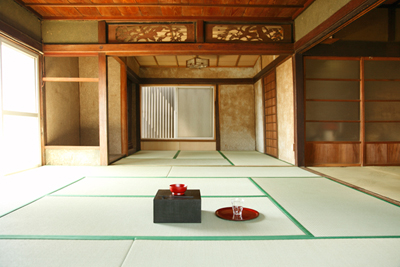
The left wing of the house contains the 'cha-no-ma' or living room. Please feel free to take a break here. Four hundred yen will get you tea and tokoroten jelly made from 100% natural Ogijima agar-agar. This is also a chance to actually use everyday household items made from lacquer. The cups here for example are cups from the island that were no longer needed, recycled with a fresh coat of lacquer. This ability to recoat items and use them again perfectly illustrates the eco-friendly nature of lacquer.
Workshop of Urushi (Lacquer ware) is scheduled
at Maison de Urushi at Ogijima in autumn term of Setouchi Triennale.
Lacquer artists will teach you one of the techniques
"Chou Shitsu (Curving)" to make your original coasters.
Maison de URUSHI
tel : +81-(0)80-5627-3149
NPO Archipelago PIC: Ms. Ito or Ms. Kushida
Email: info@archipelago.or.jp
TEL: +81-(0)87-813-1001
